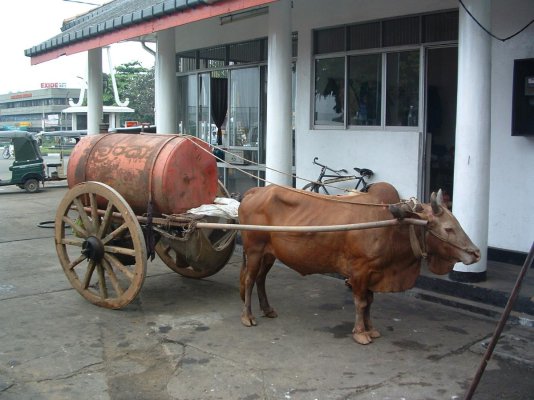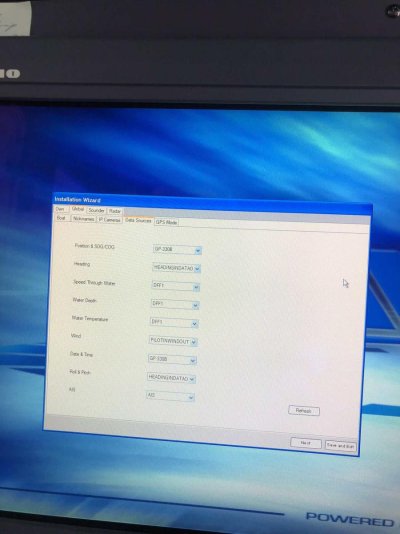Carol and I started this thread without knowledge of the brands of boats in the title. We have learned from owners and captains of these boats very quickly. All three boats, and I now include the FPB’s, are designed and built for different purposes. There have been many captains experienced with each or all 4 of these boats who have offered extremely helpful knowledge of the differences, capabilities, cost, maintenance, comfort, etc. of each of these boats. The merits of all 4 boat types have been properly defended and it became clear very quickly that none of these boat are superior to one another. The real question is what boat is best suited for the needs of the owner.
We have received a lot of good advice on purchasing and the use of consultants and surveyors. Through PM’s we have acquired a lot of good contacts. Some who have already helped us find the right way of approaching our goals. You have shown us that we are not alone in boldly purchasing, training and crossing oceans in 70 tons of a moving home. You have shown us that the boat needs to be built around our needs, experience, expense and long term goals. We have examined and reexamined our desires and goals during the growth of this thread and if anything, it has reinforced our resolve to cross oceans.
Carol and I read every night the Voyage of Egret’s Captains Log starting in September of 2006 through 2015. Very good read and very good detail of an adventure. They are also an example of the type of people we are. The path they laid out and recorded in great detail is just one example of what we hope to accomplish. There are other examples we follow on various YouTube channels such as:
MV Freedom – Shawn & Elizabeth
MS Ata Marie – Dougal & Jen
MV Dirona – James & Jennifer
MV Mermaid Monster – Brooke & Braden
These are just a few good examples of normal (?) people doing extraordinary things. We like to think we are just as (ab)normal as they are. We too share the same boldness of adventure at sea in our hearts. But everyone has to ask themselves what is your desire, your passion, what are your goals and comfort levels? What is your budget? Anyone reading this thread and following down this path will have to decide what’s best for them. Any of these boats are the perfect choice for a particular purpose with consideration to age and boat length. We have decided on a Nordhavn ranging from 52 to 63 feet. That fits our needs. Now it’s off to the boat shows. We hope to see you there.
Greatness is not in where we stand,
but in what direction we are moving.
We must sail sometimes with the wind
and sometimes against it -
but sail we must,
and not drift, nor lie at anchor.
- Oliver Wendell Holmes, Jr.



 - quite different beasts...
- quite different beasts...